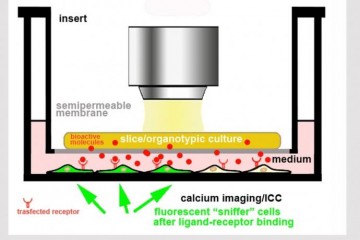CRACK IT Solution
Neuroinflammation and nociception in a dish

At a glance
Completed
Award date
March 2017 - September 2019
Contract amount
£50,000
Contractor(s)
R
- Replacement
